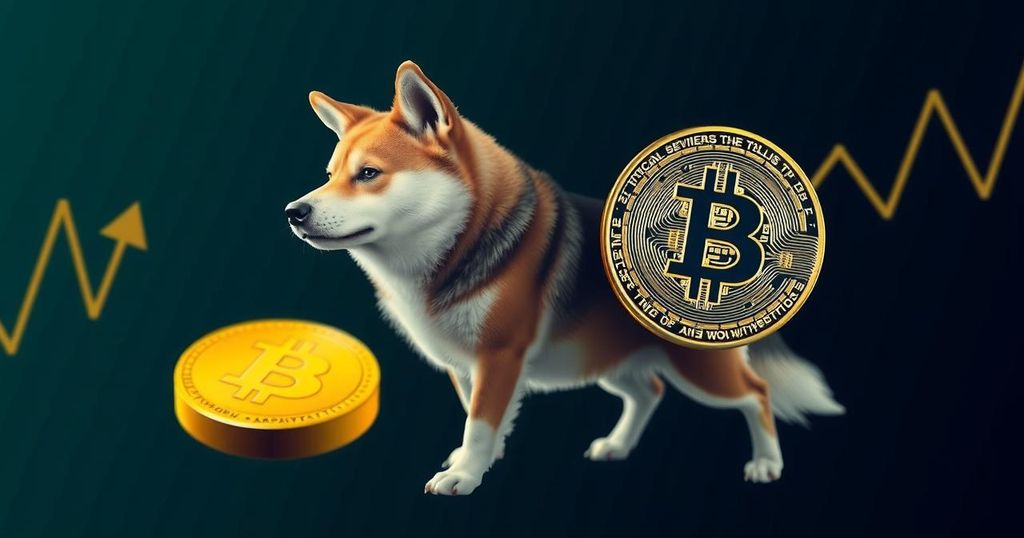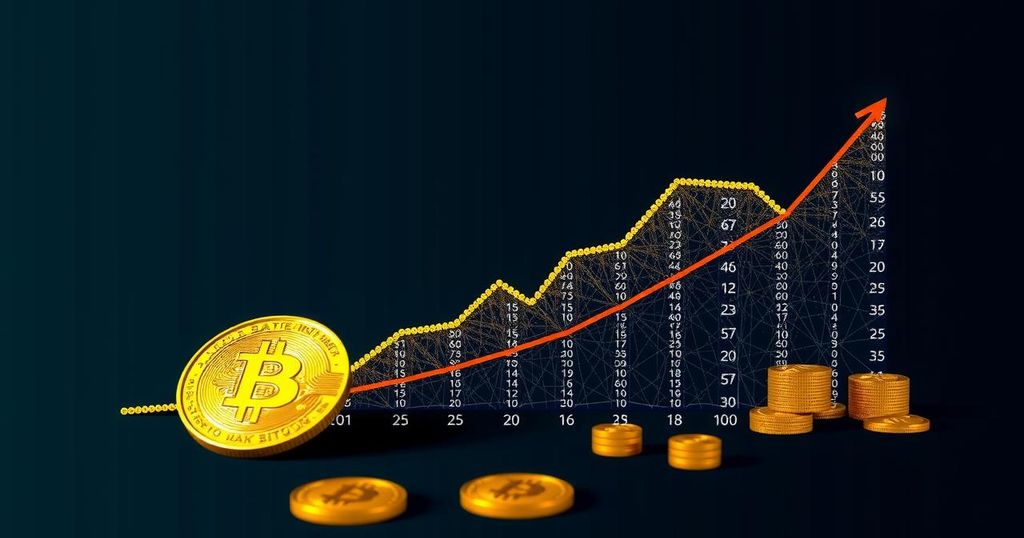The Role of Real Interest Rates in Driving Gold and Bitcoin Prices
Dear readers,
We are pleased to present the latest edition of the On the Margin Newsletter, authored by Ben Strack, Casey Wagner, and Felix Jauvin. In today’s issue, Felix delves into the potential catalysts for a substantial surge in crypto prices. Furthermore, tokenized funds continue to enter the market, with the most recent addition coming from Hamilton Lane.
Real interest rates play a pivotal role in determining the value of various asset classes, including gold and bitcoin. Unlike nominal interest rates, real interest rates take into account market rates of inflation, providing a more accurate reflection of the market environment. For example, the 10-year real interest rate, as measured by the Federal Reserve Bank of Cleveland, combines Treasury yields, inflation data, inflation swaps, and survey-based measures of inflation expectations, making it a highly influential measure of real rates.
Historically, there has been a negative correlation between real rates and the price of gold. As real rates decrease, the value of the US dollar also decreases, leading to an increase in the relative value of gold. Conversely, bitcoin has exhibited strong performance even in the face of rising real rates, indicative of a positive correlation.
Notably, both gold and bitcoin have continued to thrive near their all-time highs, despite the rise in real rates. This trend prompts the question of whether the true bull market for these assets is yet to emerge. With the Federal Reserve initiating its rate-cutting cycle, it is expected that real rates will move lower, providing a significant tailwind for returns in both bitcoin and gold.
In a separate development, crypto lender Ledn secured a $50 million loan from Swiss crypto banking group Sygnum, backed by bitcoin. This capital will be utilized to expand Ledn’s retail lending offerings, with interest rates beginning at 11.4%. On the tokenization front, Hamilton Lane recently revealed that qualified investors can access its new private equity offering via a feeder fund available on the Polygon blockchain. This marks the latest addition to the growing market of tokenized funds, with new products such as Superstate’s Crypto Carry Fund also gaining traction.
However, the Securities and Exchange Commission (SEC) is approaching the approval of the next wave of planned US crypto exchange-traded funds (ETFs) with caution. While spot bitcoin and ETH funds have been approved, proposed solana offerings and multi-asset products are facing challenges. The SEC’s rejection of solana ETF plans, citing solana as a security rather than a commodity, has cast doubts on the approval of other similar products.
As discussions surrounding tokenization continue to gain momentum, traditional asset managers are increasingly exploring this market, signaling a potential growth trajectory. State Street’s recent partnership with Taurus to automate the issuance and servicing of digital assets further underscores the industry’s evolving landscape.
In the crypto market, the price of BTC remained relatively stable at approximately $59,300, with ETH experiencing a slight decline over a 24-hour period. The ongoing developments across various investment avenues indicate a rapidly evolving landscape, driven by factors such as real interest rates and tokenization trends.
We encourage you to stay tuned for updates on the evolving crypto market and to explore the growing intersection between crypto, macroeconomics, policy, and finance with our team of experts.
Please consider subscribing to our newsletters for the latest insights and updates.
Thank you for your readership.
Sincerely,
Ben Strack, Casey Wagner, and Felix Jauvin








Post Comment